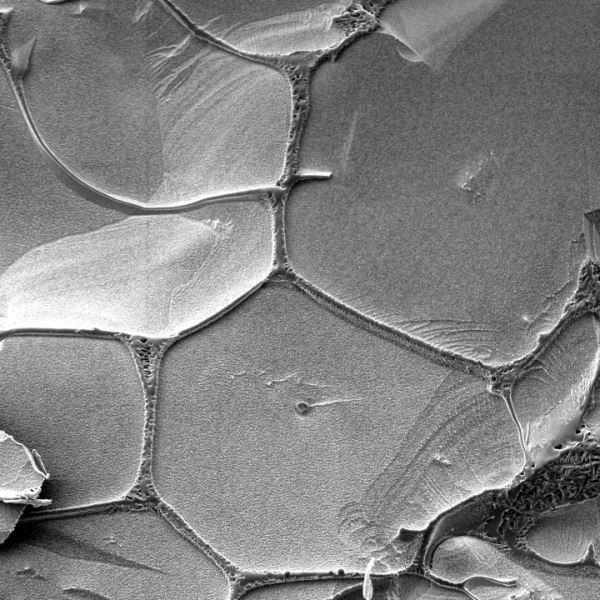RNA Might Have Gone Three-Base-at-Time Way During Early Replication
RNA replication is thought to have supported a primordial biology. But, RNA catalysis depends upon RNA folding, and this yields constructions which could block replication of these RNAs. To deal with this apparent paradox scientists at the Medical Research Council (MRC) Laboratory of Molecular Biology have re-examined the building blocks used for RNA replication.
Like DNA, RNA strands may transmit genetic information by means of a signal of four molecular components, but RNA is more than a simple ‘series’ of data.
Some RNA strands may also fold into three-dimensional contours which may form enzymes, known as ribozymes, and carry out chemical reactions. In case a ribozyme could replicate folded RNA, then it may have the ability to replicate itself and encourage an easy living system.
Scientists have till date developed ribozymes that may replicate directly strands of RNA, but when the RNA was folded it blocked the ribozyme from replicating it. Since ribozymes themselves have been folded RNAs, their particular replication is blocked.
Now, the current research team have solved this paradox by engineering the very first ribozyme which can replicate folded RNAs, including itself.
Dr Philipp Holliger, from the MRC Laboratory
of Molecular Biology and senior author on the paper, said: “We found a solution to the RNA replication paradox by re-thinking how to approach the problem – we stopped trying to mimic existing biology and designed a completely new synthetic strategy. It is exciting that our RNA can now synthesise itself.“These triplets of bases seem to represent a sweet spot, where we get a nice opening up of the folded RNA structures, but accuracy is still high. Notably, although triplets are not used in present-day biology for replication, protein synthesis by the ribosome – an ancient RNA machine thought to be a relic of early RNA-based life – proceeds using a triplet code.
“However, this is only a first step because our ribozyme still needs a lot of help from us to do replication. We provided a pure system, so the next step is to integrate this into the more complex substrate mixtures mimicking the primordial soup – this likely was a diverse chemical environment also containing a range of simple peptides and lipids that could have interacted with the RNA.”
Dr Holliger added: “This is completely new synthetic biology and there are many aspects of the system that we have not yet explored. We hope in future, it will also have some biotechnology applications, such as adding chemical modifications at specific positions to RNA polymers to study RNA epigenetics or augment the function of RNA.”
Dr Nathan Richardson, Head of Molecular and Cellular Medicine at the MRC, said: “This is a really exciting example of blue skies research that has revealed important insights into how the very beginnings of life may have emerged from the ‘primordial soup’ some 3.7 billion years ago. Not only is this fascinating science, but understanding the minimal requirements for RNA replication and how these systems can be manipulated could offer exciting new strategies for treating human disease.“






























